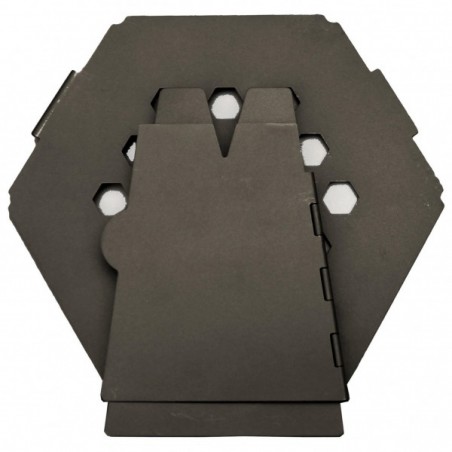


The Aspen Institute campus was designed without a master plan but loosely organized in three main areas- housing for guests, institute administration and activities, and affiliated institutes. The following June, the Aspen Institute opened the first of its summer seminars, where businessmen and intellectuals gathered to listen to such thinkers and doers as Mortimer Adler and Adlai Stevenson and to ponder universal ideas similar to those of Paepcke’s “Great Ideas” advertising campaign. Its architectural centerpiece was the Big Tent, designed by famed modernist Eero Saarinen, which epitomized the festive but modern nature of the August gathering.Įveryone agreed that Aspen’s mountain setting had much to do with the festival’s success. The Institute was an outgrowth of Walter Paepcke’s Goethe Bicentennial intelligentsia and elite traveled to Aspen in June 1949 to celebrate the historic, deep, and abiding philosophical ties that America and the rest of the world had with Germany, despite the aberration of Hitler and the Second World War, and to hear concerts, lectures, and, best of all, Albert Schweitzer. Spread across a meadow not far from the West End, near the track where local plutocrats raced their thoroughbreds in the town’s heyday, is the distinctly modern campus of the Aspen Institute for Humanistic Studies – German Bauhaus design transplanted to the Colorado Rockies.


 0 kommentar(er)
0 kommentar(er)
